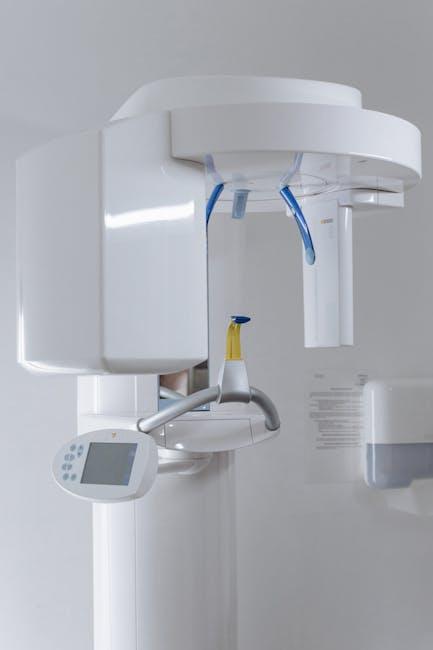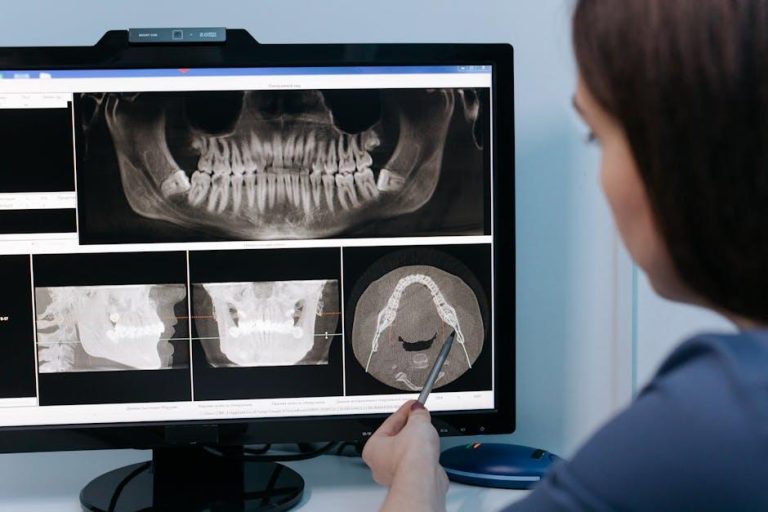
Dental Imaging Tech Boom: AI & 3D Scanners Reshaping the $6B Market – PR Newswire
The dental imaging sector is undergoing a transformative shift, propelled by cutting-edge technologies like artificial intelligence (AI) and 3D scanning. The global dental imaging tech market has surged to a staggering $6 billion valuation, fueled by rising demand for precise diagnostics, faster treatment planning, and enhanced patient experience. According to recent reports from PR Newswire, AI-powered dental imaging and advanced 3D scanners are the pivotal forces reshaping the industry landscape.
Introduction to the Dental Imaging Technology Boom
Dental imaging has always been critical for effective diagnosis and treatment in dentistry. Traditional 2D X-rays have long been the norm, but the adoption of innovative 3D scanners combined with AI algorithms is now revolutionizing how dental professionals capture and interpret oral health data. This innovation boom not only improves diagnostic accuracy but also accelerates workflows and personalizes treatment plans.
What’s Driving the $6B Dental Imaging Tech Market?
The rapid growth of the dental imaging market can be attributed to several interconnected factors:
- Technological Innovation: Integration of AI for image analysis and 3D scanning enhances precision and detection capabilities.
- Increasing Dental Disorders: Rising prevalence of oral diseases and cosmetic dentistry demand better diagnostic tools.
- Growing Demand for Minimally Invasive Procedures: Technologies facilitate less intrusive, faster, and more effective treatments.
- Rising Patient Awareness: More patients seek detailed diagnostic results and personalized care.
- Regulatory Support & Investments: Governments and private sectors invest heavily in healthcare tech innovations.
AI in Dental Imaging: A Game Changer
Artificial intelligence is at the forefront of transforming dental diagnostics. Leveraging machine learning and deep learning models, AI software can analyze dental images to identify cavities, periodontal disease, abnormalities, and more with greater speed and accuracy than traditional methods.
Key Benefits of AI Integration
- Enhanced Diagnostic Accuracy: AI reduces human error and ensures consistent image interpretation.
- Time Efficiency: Automated image processing accelerates diagnosis and treatment planning.
- Predictive Analytics: AI models predict disease progression and treatment outcomes.
- Improved Patient Communication: Visualization tools help explain diagnoses clearly.
The Role of 3D Scanners in Modern Dentistry
3D dental scanners capture high-resolution, three-dimensional images of teeth, gums, and jaw structures, offering comprehensive views that surpass traditional 2D X-rays. This technology is increasingly vital for complex procedures, orthodontics, implant planning, and cosmetic dentistry.
Advantages of 3D Scanning Technology
- Non-invasive & Comfortable: Patients experience less discomfort compared to conventional impression methods.
- Precision & Detail: Accurate models aid in customized prosthetics and aligners.
- Faster Workflow: Immediate digital scans streamline lab collaboration.
- Comprehensive Data Capture: Enables detailed surgical planning and simulation.
Market Trends: AI & 3D Scanners Compared
Below is a concise comparison highlighting the distinct contributions of AI and 3D scanners in dental imaging technology:
| Feature | AI in Dental Imaging | 3D Scanners |
|---|---|---|
| Primary Function | Automated image analysis and diagnosis | High-resolution 3D anatomical data capture |
| Improvement | Faster, accurate interpretation of X-rays/CBCT | Detailed, realistic dental impressions |
| Use Cases | Detection of cavities, lesions, abnormal structures | Orthodontics, implants, prosthetics fabrication |
| Patient Experience | Less invasive, quicker results | Comfortable, no physical molds needed |
| Market Share | Growing rapidly with AI software companies | Widely adopted in dental clinics globally |
Case Study: Transforming Dental Practice with AI & 3D Scanners
One of the leading dental clinics in New York integrated AI-powered image analysis and 3D scanning technologies into their workflow. After six months:
- Diagnostic errors dropped by 30%.
- Patient consultation time decreased by 25%.
- Orthodontic treatment planning improved with 3D scanners, reducing adjustive visits by 15%.
- Patient satisfaction scores increased due to better visualization and involvement in care.
This real-world example underscores the practical benefits of adopting these innovative technologies.
Practical Tips for Dental Clinics Considering AI & 3D Scanners
- Evaluate Workflow Integration: Ensure new tech fits seamlessly with existing procedures.
- Training & Support: Invest in staff education to maximize technology benefits.
- Data Security: Implement compliance measures for patient data protection.
- Start Small: Pilot the technology in one department before full rollout.
- Measure Impact: Track key metrics like diagnostic accuracy and patient feedback.
Future Outlook: AI & 3D Scanners Shaping Dentistry
The dental imaging market is poised for continued growth, with emerging AI models capable of integrating multi-modal imaging data and real-time monitoring. Coupled with evolving 3D scanner portability and affordability, dental professionals will soon have unprecedented tools to deliver precision, predictive, and personalized dental care.
Conclusion
The dental imaging tech boom, fueled by advancements in AI and 3D scanning technology, is reshaping the $6 billion market landscape. These innovations bring remarkable benefits including enhanced diagnostic accuracy, improved patient comfort, streamlined workflows, and better treatment outcomes. As the industry rapidly evolves, embracing AI-powered imaging and advanced 3D scanners becomes essential for dental clinics aiming to stay competitive and deliver the highest standard of care.
Interested in leading dental technology trends? Stay updated with breakthroughs in dental imaging and discover how to implement these tools effectively to elevate your dental practice.


